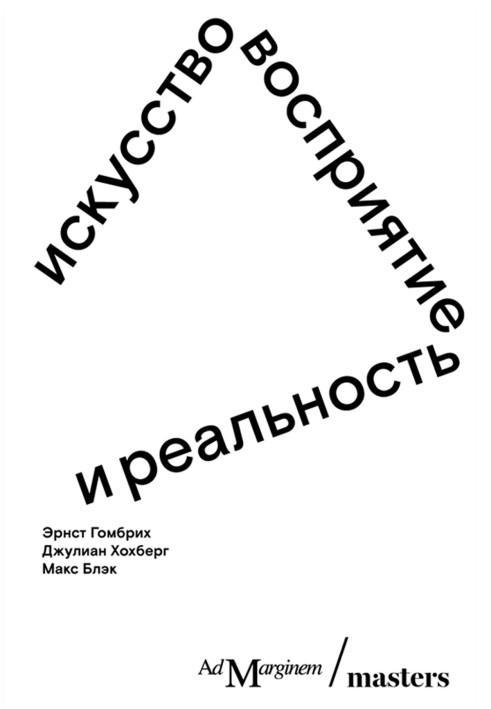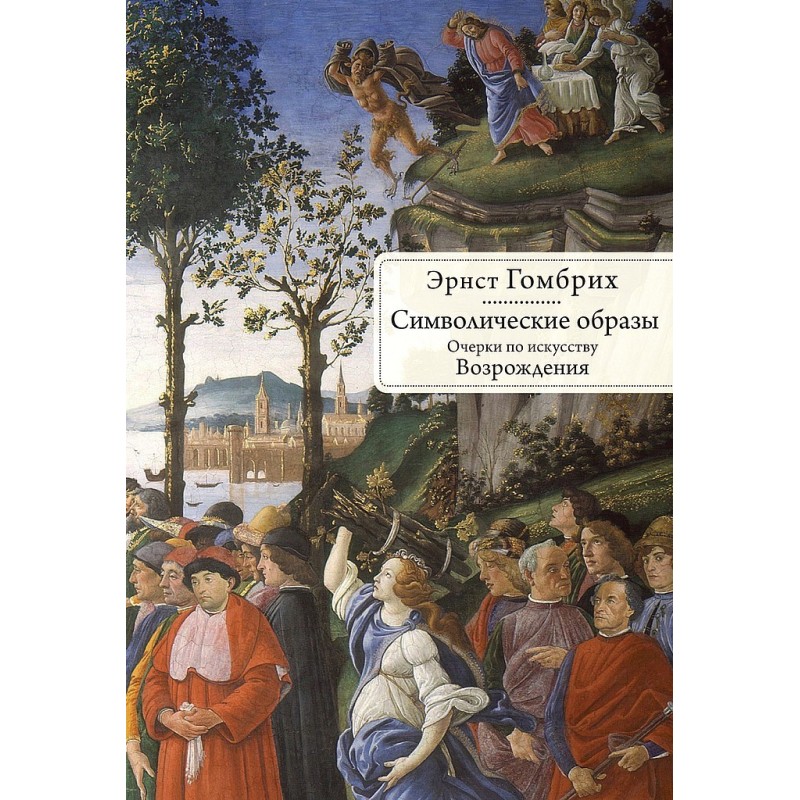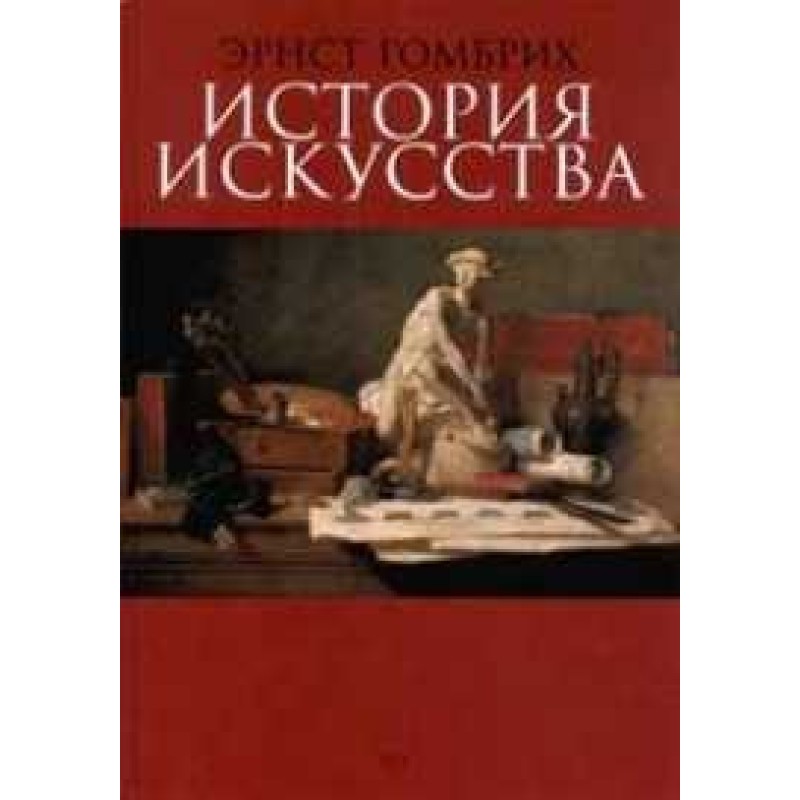Art, perception and reality
 Instant download
Instant download
after payment (24/7)
 Wide range of formats
Wide range of formats
(for all gadgets)
 Full book
Full book
(including for Apple and Android)
In this book, dedicated to the nature of visual perception in art, the opinions of three outstanding scientists collided. Art critic Ernst Gombrich, drawing our attention to the problem of similarity, in particular in portraits and caricatures, concludes that we, often unable to describe the features of even the closest people, easily find similarities with the help of empathy. Psychologist Julian Hochberg gently counters this argument with his theory of canonical object shapes, suggesting that we perceive similarities through “cognitive maps,” or expectations, that arise in the complex process of visual perception as our eyes move across the surface of a picture in a predetermined sequence. Finally, the philosopher Max Black, having subjected these and other approaches to visual perception to conceptual analysis, argues that there are neither sufficient nor necessary criteria for determining the conditions of artistic representation, and concludes that artistic representation is a “cluster concept.” The essays presented here are based on the Thalheimer Public Lectures given by the authors at the Philosophy Department of Johns Hopkins University in the 1970s. The publication was published as part of a joint project between the Masters publishing house and the Ad Marginem publishing house. The publishing layout is preserved in a4.pdf format.
Data sheet
- Name of the Author
- Джулиан Хохберг
Макс Блэк
Эрнст Гомбрих Ганс - Language
- Russian
- Translator
- Александра Викторовна Глебовская
Reviews
Не для всіх
На жаль, ця книга не виправдала моїх очікувань. Я сподівався на легке та зрозуміле пояснення візуального сприйняття мистецтва, але натомість отримав складні теоретичні дискусії, які важко сприймати без попереднього знання теми. Хоча думки Гомбріха, Хохберга та Блека можуть бути цікавими для фахівців, для звичайного читача вони можуть здаватися занадто абстрактними та важкими. Я б рекомендував цю книгу лише тим, хто вже має певний досвід у мистецтвознавстві або філософії. Для широкої аудиторії вона може бути занадто складною і нецікавою.
Відкриття в світі мистецтва
Ця книга стала для мене справжнім відкриттям у світі мистецтва та його сприйняття. Думки трьох видатних учених – Ернста Гомбріха, Джуліана Хохберга та Макса Блека – зібрані в одному виданні, що дозволяє читачеві глибше зрозуміти складність візуального сприйняття. Гомбріх піднімає важливі питання про подібність, які змушують задуматися про те, як ми сприймаємо людей і об'єкти навколо нас. Хохберг додає цікаву перспективу з точки зору психології, а Блек піддає аналізу концепції, які, на перший погляд, можуть здаватися очевидними. Це видання не лише для професіоналів у галузі мистецтва, а й для всіх, хто хоче заглибитися в розуміння візуального сприйняття. Рекомендую всім, хто цінує глибокі думки та аналітичний підхід до мистецтва!
Вартість зусиль
Ця книга вимагає зусиль для прочитання, але вони того варті. Думки трьох авторів переплітаються, створюючи багатошарову картину того, як ми сприймаємо мистецтво. Гомбріх ставить важливі питання, але іноді його аргументи можуть бути важкими для розуміння без попереднього знайомства з його роботами. Хохберг пропонує альтернативну точку зору, яка додає глибини, але вимагає зосередженості. Блек, зі свого боку, піддає сумніву багато з того, що ми вважаємо очевидним. Це видання більше підходить для тих, хто готовий витратити час на аналіз і роздуми, ніж для легкого читання. Проте, якщо ви готові до викликів, ця книга може стати для вас справжнім джерелом натхнення.
Складно, але цікаво
Ця книга виявилася досить складною для сприйняття, але в той же час дуже цікавою. Думки трьох авторів переплітаються, створюючи багатошарову картину того, як ми сприймаємо мистецтво. Гомбріх ставить важливі питання, але іноді його аргументи можуть бути важкими для розуміння без попереднього знайомства з його роботами. Хохберг пропонує альтернативну точку зору, яка додає глибини, але вимагає зосередженості. Блек, зі свого боку, піддає сумніву багато з того, що ми вважаємо очевидним. Це видання більше підходить для тих, хто готовий витратити час на аналіз і роздуми, ніж для легкого читання. Проте, якщо ви готові до викликів, ця книга може стати для вас справжнім джерелом натхнення.
Глибокий аналіз візуального сприйняття
Ця книга стала для мене справжнім відкриттям у світі мистецтва. Думки трьох видатних учених – Ернста Гомбріха, Джуліана Хохберга та Макса Блека – зібрані в одному виданні, що дозволяє читачеві глибше зрозуміти складність візуального сприйняття. Гомбріх піднімає важливі питання про подібність, які змушують задуматися про те, як ми сприймаємо людей і об'єкти навколо нас. Хохберг додає цікаву перспективу з точки зору психології, а Блек піддає аналізу концепції, які, на перший погляд, можуть здаватися очевидними. Це видання не лише для професіоналів у галузі мистецтва, а й для всіх, хто хоче заглибитися в розуміння візуального сприйняття. Рекомендую всім, хто цінує глибокі думки та аналітичний підхід до мистецтва!





















